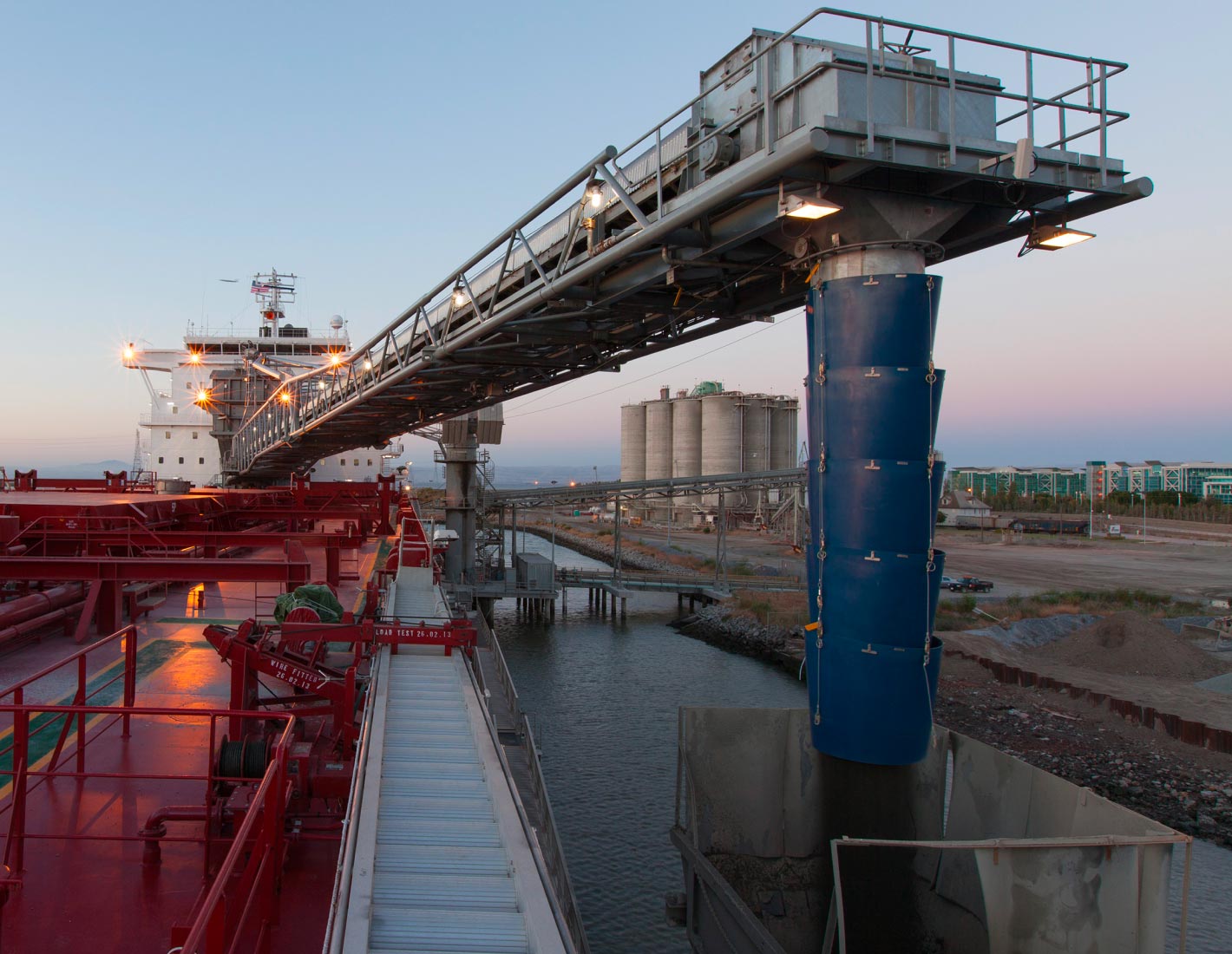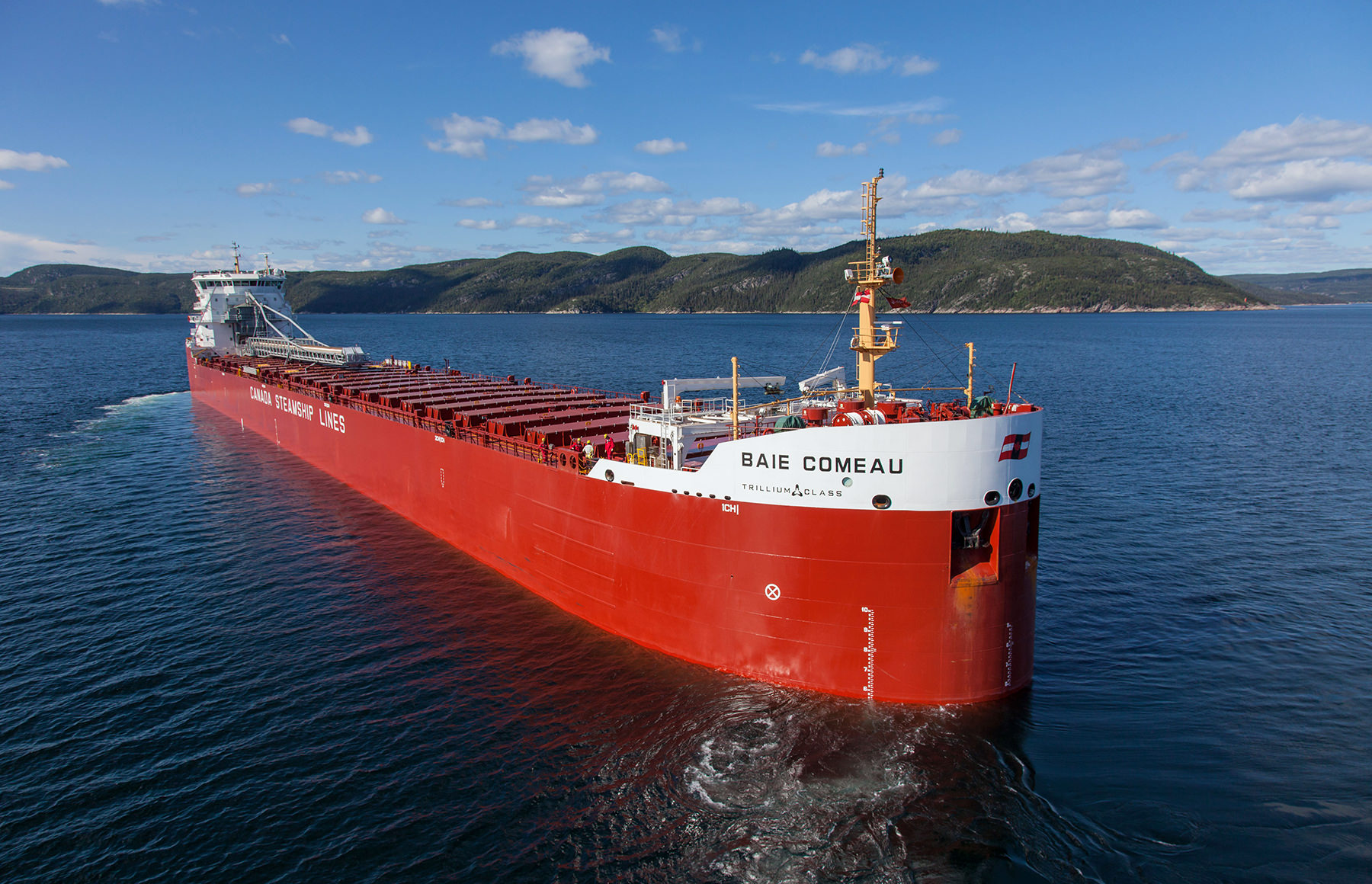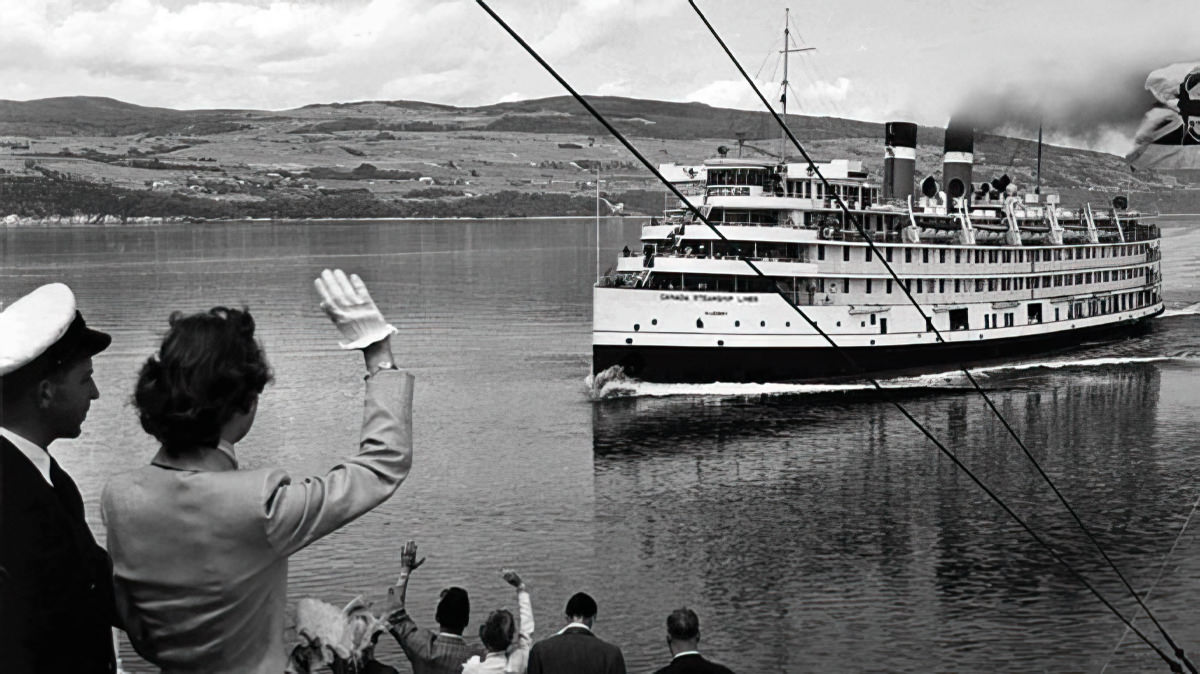Acadian
The first Acadian joined CSL in 1913 and was requisitioned for war service in 1916. She was loaded with iron ore and on a voyage from Bilbao, Spain, to Ayr, Scotland, when she was torpedoed by U-117 on September 16, 1918. The ship went down about 17 km southwest of Trevose Head and 25 sailors lost their lives.
For a list of the crew who perished, view the entry in the Merchant Navy War Dead Registry for Acadian.

Photo: Ted Jones Collection, courtesy Barry Andersen and Skip Gillham
































